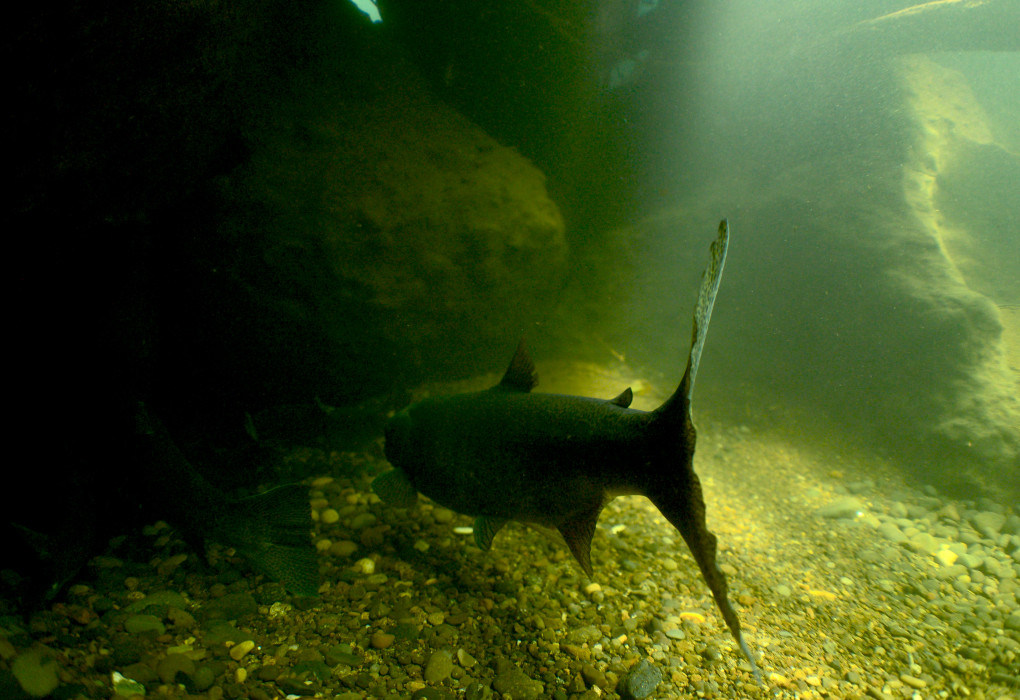GREB1L
The unraveling of native fish is more apparent with spring Chinook and summer steelhead than any other fish swimming in the Northwest. Anglers understand that these fish are not the same as their fall and winter counterparts because of the distances they travel and the habitats they seek. So do chefs and gourmets, who value the rich flavor of fattier flesh. Indigenous cultures revere this diversity, which once sustained their communities throughout the year. Commercial fishers rely on these stocks for the same reason, which provide them with fish to catch throughout the year and fetch higher prices at market.
Unfortunately, the existing management paradigm isn’t protecting the diversity of anadromous fish. When you look at the big picture, spring Chinook and summer steelhead have been extirpated or are in significant decline. Fall Chinook and winter steelhead, on the other hand, are extant and doing relatively better. But the recovery and protection of native fish depends on the conservation of diverse life histories.
Despite vastly different ecological needs and niches, fishery managers have grouped subspecies, life histories, and species into conservation units. Spring Chinook are considered separately from fall Chinook, existing in their own Evolutionary Significant Unit, or ESU. Winter and summer steelhead, however, are lumped together into a single Dependent Population Segment, or DPS. Spring Chinook, where they live in relatively small, sensitive populations, and summer steelhead life histories don’t receive special conservation protections because they are thought to be closely related to fall and spring run fish.
Until recently, research tacitly supported this paradigm by suggesting that spring and summer life histories arose in multiple populations across their range and could be re-evolved if they were lost. New genetic research coming out of the University of California-Davis shows something different. Contrasting the previous paradigm, the research shows that summer steelhead and spring chinook evolved only once from their winter and fall counterparts.
In both species, the early-migration life history is caused by a mutation in a single gene, GREB1L. Samples for steelhead were taken from five watersheds in Oregon and California, including summer steelhead from the Umpqua, Eel, and Siletz rivers, and winter steelhead from the New and Scott rivers. Using newly developed genetic sequencing tools, the researchers analyzed more than 600,000 points in the steelhead genome.
The research findings present evidence that the mutation to GREB1L that gave rise to spring Chinook and summer steelhead evolved once in the past 15 million years. If lost, it would be unlikely to occur again.
